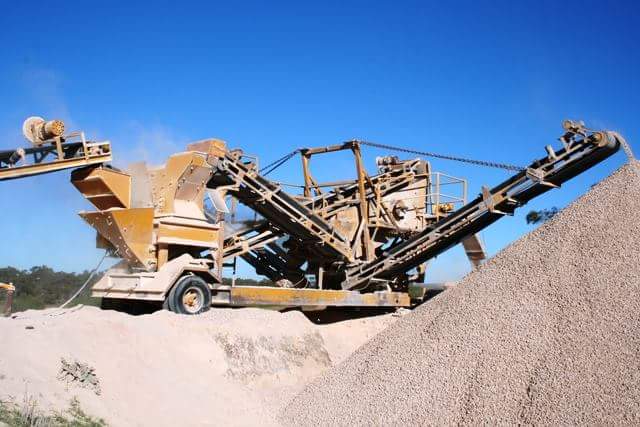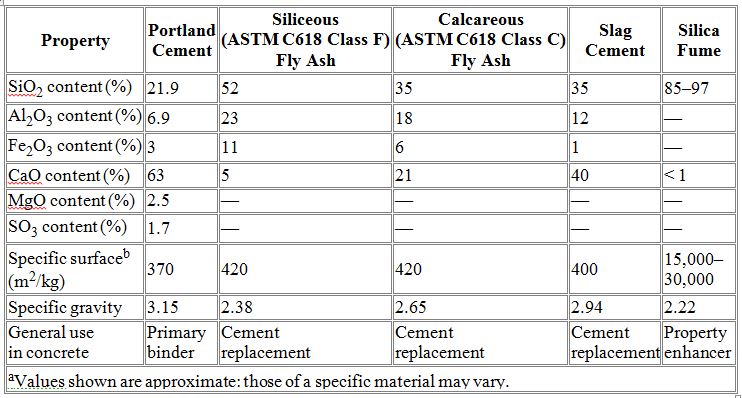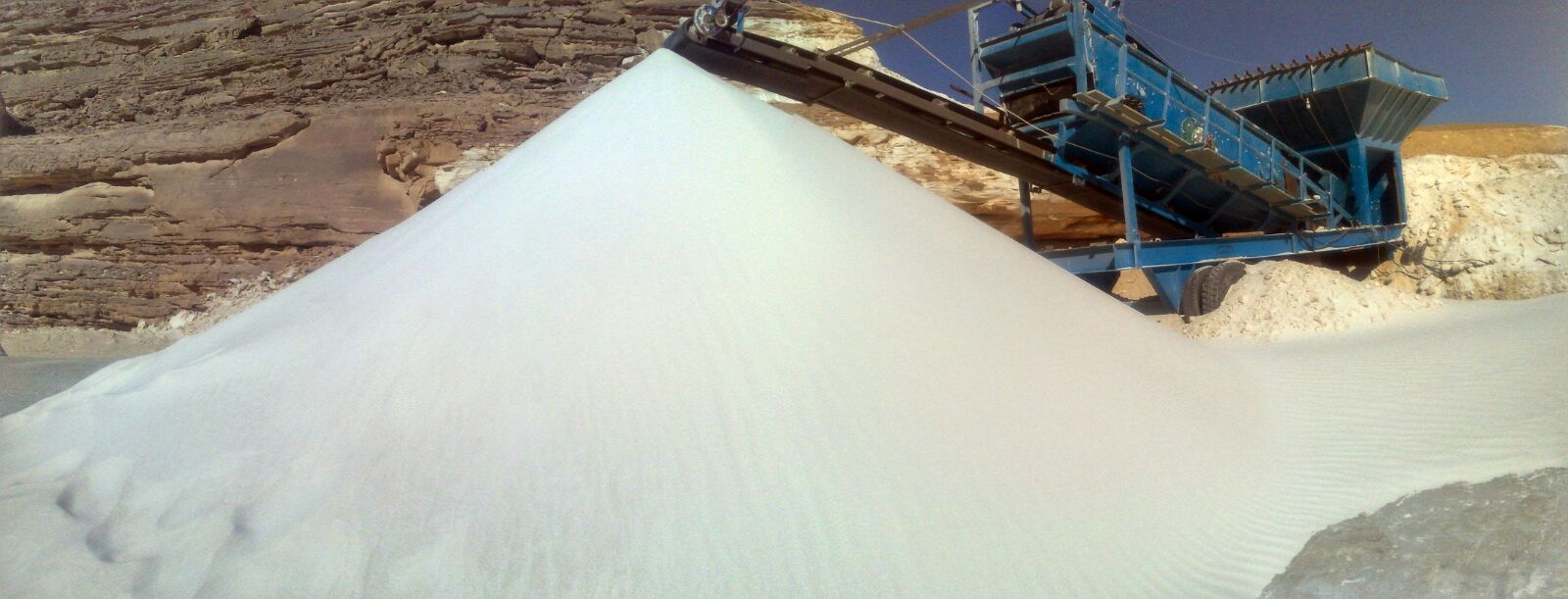Cements used in construction can be characterized as being either hydraulic or non-hydraulic, depending upon the ability of the cement to set in the presence of water.
Non-hydraulic cement will not set in wet conditions or underwater; rather, it sets as it dries and reacts with carbon dioxide in the air. It can be attacked by some aggressive chemicals after setting.
Hydraulic cements (e.g., Portland cement) set and become adhesive due to a chemical reaction between the dry ingredients and water. The chemical reaction results in mineral hydrates that are not very water-soluble and so are quite durable in water and safe from chemical attack. This allows setting in wet condition or underwater and further protects the hardened material from chemical attack.
The most important uses of cement are as a component in the production of mortar in masonry, and of concrete, a combination of cement and an aggregate to form a strong building material.
History
Cement, chemically speaking, is a product including lime as the primary curing ingredient, but it is far from the first material used for cementation. The Babylonians and Assyrians used bitumen to bind together burnt brick or alabaster slabs. In Egypt stone blocks were cemented together with mortar, a combination of sand and roughly burnt gypsum, which often contained calcium carbonate.
Comparison of Chemical and Physical Characteristics
Egyptian Cement
Egypt is one of the greatest cement producers all over the world and the leading country in the middle East,Africa, and the Arabian Region with a total production capacity of 50 million tons of cement.






